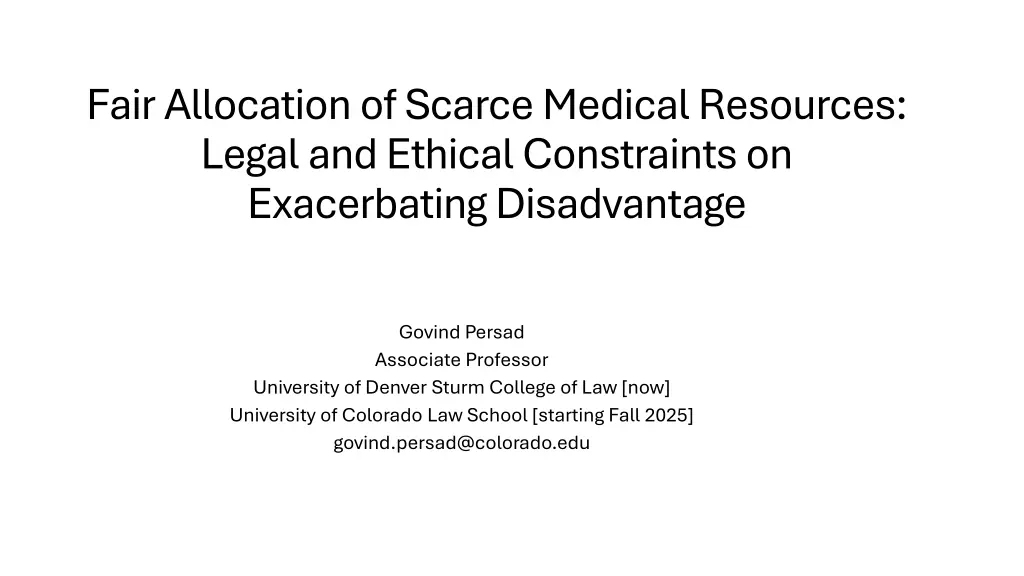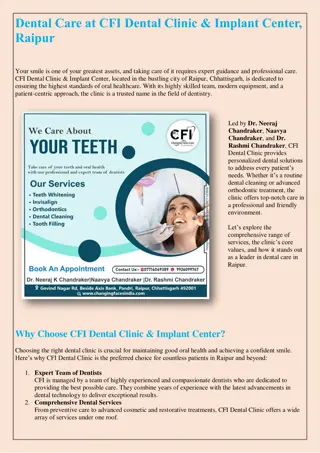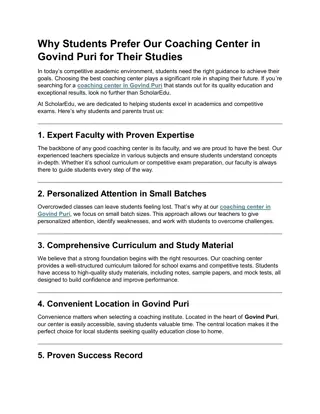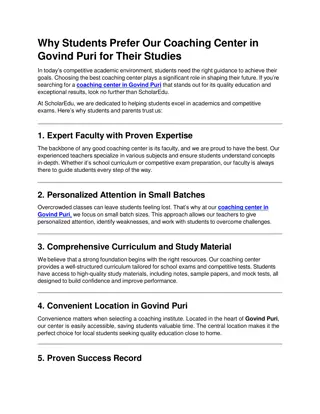
Legal and Ethical Considerations in Fair Allocation of Medical Resources
Explore the complexities of fair allocation of scarce medical resources while navigating legal and ethical constraints to avoid exacerbating disadvantage. Discuss terminologies, ethical questions, disadvantaged groups, and legal constraints such as disparate treatment and impact. Dive into a vignette about Bianca facing late-stage lung cancer due to negligence.
Download Presentation

Please find below an Image/Link to download the presentation.
The content on the website is provided AS IS for your information and personal use only. It may not be sold, licensed, or shared on other websites without obtaining consent from the author. If you encounter any issues during the download, it is possible that the publisher has removed the file from their server.
You are allowed to download the files provided on this website for personal or commercial use, subject to the condition that they are used lawfully. All files are the property of their respective owners.
The content on the website is provided AS IS for your information and personal use only. It may not be sold, licensed, or shared on other websites without obtaining consent from the author.
E N D
Presentation Transcript
Fair Allocation of Scarce Medical Resources: Legal and Ethical Constraints on Exacerbating Disadvantage Govind Persad Associate Professor University of Denver Sturm College of Law [now] University of Colorado Law School [starting Fall 2025] govind.persad@colorado.edu
Terminology for exacerbating disadvantage Double jeopardy (John Harris) Linkage (Dan Brock, Frances Kamm) Compounding injustice (Debbie Hellman)
The ethics of exacerbating disadvantage Is exacerbating disadvantage prohibited? [Deontological constraint] Only some types of disadvantage, e.g. unjustly imposed disadvantage or unchosen disadvantage? Only in some ways, e.g. via direct consideration? Is exacerbating disadvantage an ethical downside?
Who is disadvantaged? Race Income and wealth Health status and disability Gender, sex, SO/GI Age Religion Geography Occupation
Legal constraints Disparate treatment (direct discrimination) Disparate impact (indirect discrimination) The imposition or application of eligibility criteria that screen out or tend to screen out an individual with a disability or any class of individuals with disabilities from fully and equally enjoying any goods, services, facilities, privileges, advantages, or accommodations, unless such criteria can be shown to be necessary for the provision of the goods, services, facilities, privileges advantages, or accommodation being offered (ADA) Whether Section 504 of the Rehabilitation Act of 1973, and by extension Section 1557 of the Patient Protection and Affordable Care Act, which incorporates the "enforcement mechanisms" of other federal antidiscrimination statutes, provides a disparate-impact cause of action for plaintiffs alleging disability discrimination (Doe v. CVS certiorari question)
Vignette Bianca has incurable late-stage lung cancer because a grossly negligent official allowed carcinogenic chemical releases near her home Disadvantage clearly attributable to injustice May allocation decisionmakers consider Bianca s health status when assessing her absoluteor relative eligibility to receive a scarce kidney? Nebraska policy would permit this
Two approaches Never exacerbate Never exacerbate: : Where demographic disparities in the welfare effects of regulatory policies are a product of background injustice, government is properly blocked from taking those disparities into account in formulating policy (Sunstein, 2004) Sometimes exacerbate: Sometimes exacerbate: Capacity to benefit hardly seems an unreasonable qualification for obtaining medical care. Indeed, if some type of capacity-to-benefit measure is not used as an eligibility criterion for receipt of medical care, we run the risk of allocating all of our resources towards the most intractable cases, leaving no resources available for the treatment of conditions that can more readily be ameliorated (Rai, 1997)
Conclusion Rai s approach strikes me as more compelling. Bianca is entitled to appropriate redress for the injustice she experienced (e.g. damages from the negligent actor) However, appropriate redress does not whether the effects of that injustice now limits her absolute or relative capacity to benefit from transplantation Maybe it requires giving Bianca some access in the transplantation process not require ignoring
Thank you! govind.persad@colorado.edu






